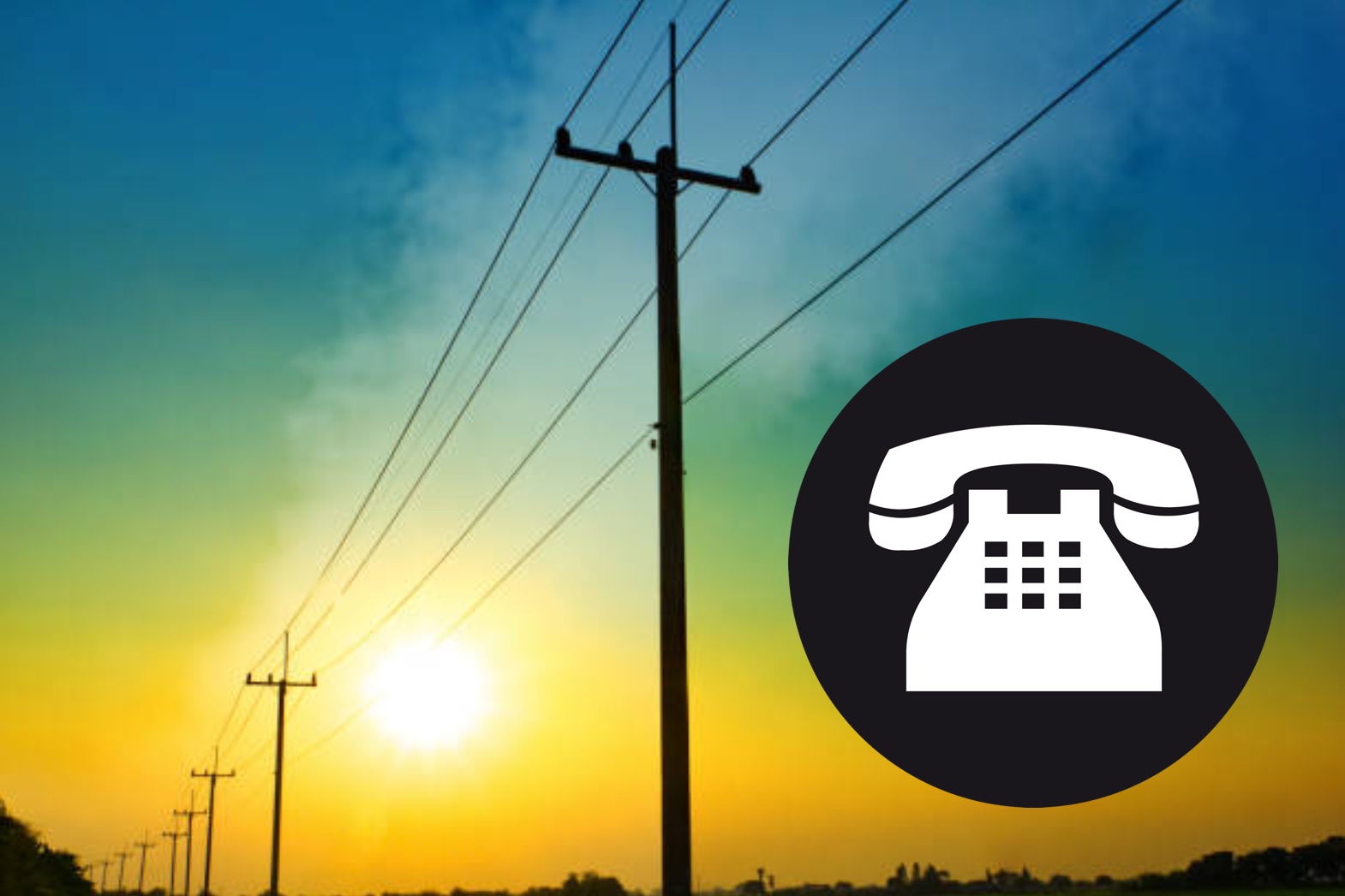
In an era marked by rapid technological advancement, the familiar ring of a traditional copper wire telephone line, known as Plain Old Telephone Service (POTS), is gradually fading into the past. These legacy POTS lines, once the backbone of communication, are facing a phased-out future due to their aging infrastructure and diminishing usage. As their upkeep becomes more expensive, telecommunications providers are passing on these costs to the dwindling number of users. Consequently, it’s an opportune moment to consider embracing modern, cost-effective alternatives that cater to the demands of today’s interconnected world.
The transition from POTS lines to contemporary solutions, such as Voice over Internet Protocol (VoIP) and mobile phones, is not just a trend but a necessity. The Federal Communications Commission (FCC) Order 19-72A1 has paved the way for telecom providers to replace the outdated copper networks with cutting-edge technologies, acknowledging the evolving landscape of digital communication. This shift holds the promise of improved service quality, heightened reliability, and enhanced cost efficiency, ultimately benefiting both consumers and providers.
Currently, POTS lines are utilized across various sectors, serving as fax lines, alarm systems, elevator phones, emergency call boxes, building entry phones, public safety phones, point of sale systems (POS), and even old-school time card machines. The reliability of POTS lines has been crucial for these applications, yet the relentless march of progress urges us to explore more modern solutions. While POTS lines remain essential in specific contexts, their gradual obsolescence is undeniable, necessitating a shift toward alternatives that offer not only dependable connectivity but also advanced features and potential cost savings.
The rising cost of maintaining POTS lines can be attributed to their outdated technology and dwindling user base. Aging infrastructure requires increased maintenance efforts, and the reduced number of users means that these expenses are distributed among a smaller clientele. To mitigate these escalating costs, telecom providers have adjusted their pricing, rendering POTS lines more expensive for those who continue to rely on them. In light of these challenges, the allure of transitioning to a contemporary solution, such as VoIP or mobile phones, becomes all the more compelling.
VoIP, powered by the internet, presents an appealing alternative to POTS lines. By converting voice into digital signals transmitted over the internet, VoIP offers a cost-effective and feature-rich communication method. Call forwarding, voicemail transcription, and video conferencing are just a few examples of the advanced capabilities VoIP provides. On the other hand, mobile phones leverage cellular networks, granting users the freedom to communicate from anywhere. Both options address the shortcomings of POTS lines and have gained popularity due to their cost-efficiency, modern features, and unmatched convenience.
Embracing a modern solution is not only prudent but also advantageous. Upgrading to a VoIP or mobile phone solution allows users to access a plethora of advanced features while potentially reducing costs. Whether you’re a business seeking efficient communication or an individual yearning for enhanced connectivity, the transition from POTS lines is a step toward a more technologically vibrant future.
Our mission is to guide you through this transition seamlessly. We offer an array of modern solutions tailored to your unique needs. Let our team of experts assist you in navigating this evolution in telecommunications, as you bid farewell to the traditional POTS lines and embrace the boundless possibilities of the digital age. Contact us today to embark on a journey toward efficient, cost-effective, and forward-looking communication solutions.


